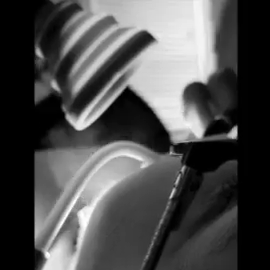Invest In Yourself!!
STUDENT COMMUNITY
A~flexX is committed to helping dental students like you provide better patient care as you prepare to start your career. Learn about products, see our latest innovations and browse our online store. Be sure to register and to take advantage of the latest student promotions.
Join our exclusive e-mailing list to receive valuable offers, and the latest information on our innovative ergonomic dental products tailored to help you practice safely.
If you you have any questions please give us a call we are here to serve you!! (954) 306-9603

Aerosol Management
Stay safe with A~flexX
Dental aerosol management is now tantamount in establishing a safe and healthy workplace for dental professionals and patients alike. COVID-19 has taught us all many lessons and the biggest take away is that we can all do more to protect each other. Dental professionals are constantly at risk because of high aerosol exposure, simply due to the nature of the work. We saw a need and jumped into action to mitigate the risk of aerosol exposure safely and effectively while elevating ergonomics for both patient and provider.
The ADA states: use professional judgment to employ the lowest aerosol-generating armamentarium when delivering any type of restorative or hygiene care. As an example, use hand scaling rather than ultrasonic scaling when appropriate. High velocity evacuation should be employed whenever possible. (8mm large bore devices with 100 cubic ft/min capacity) American Dental Association (ADA)
Articles from the Industry
Possible transmission routes of COVID-19 in a dental office
Dental patients and dental health care professionals (DHCP) can be exposed to pathogenic microorganisms, including viruses such as SARS-CoV-2. The transmission routes in a dental setting include direct transmission via droplets (cough, sneeze) or indirect transmission when an infectious material, such as saliva, contaminates surfaces of dental equipment and instruments and is then transmitted either to the DHCP or other patients (cross-contamination) (Peng 2020).
The current scientific consensus is that most transmission via respiratory secretions occurs in the form of large respiratory droplets. Therefore, all dental procedures including periodontal treatment carried out with hand- instruments should be undertaken with caution as hand-instrumentation produces considerable amounts of potentially infectious droplets and spatter (Watanabe et al. 2018). Droplets are often heavy enough that they do not travel very far; instead, they fall from
the air after traveling about six feet (~1.5m). Some studies have suggested that SARS-CoV-2 may be airborne through aerosols formed during dental procedures using high speed handpieces, air water syringes or ultrasonic scaling devices (Peng et al. 2020). Potentially, these aerosols can also contaminate surfaces and may lead to an indirect transmission of pathogens. Aerosols are much smaller and can travel longer distances (~6m). An analogy from daily life might be that droplets are more like rain, whereas aerosols are more like fog.